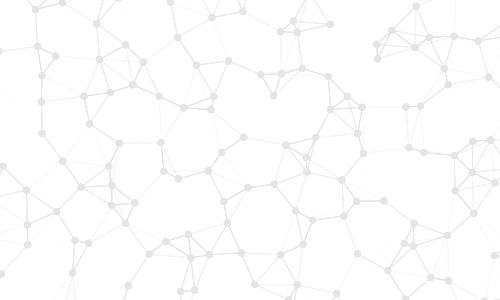Partner Interview
Published June 11, 2025
Wise: Platform Foundations From B2C to B2B
inpractise.com/articles/wise-platform-foundations-from-b2c-to-b2b
Executive Bio
Former Director at Wise
Interview Transcript
Disclaimer: This interview is for informational purposes only and should not be relied upon as a basis for investment decisions. In Practise is an independent publisher and all opinions expressed by guests are solely their own opinions and do not reflect the opinion of In Practise.
This is a snippet of the transcript.to get full access.
Let's start at the beginning, going back to 2017. What was Wise like back then? What were the company priorities, and how big was it?
Wise started building the necessary infrastructure for people to make retail payments from one geography to another. They demonstrated that they were at least seven to eight times, sometimes even 10 times, better than banks by choosing a low-cost method of moving money. The traditional way of moving money was inefficient, slow, and expensive, like carrying a suitcase and handing it off from person to person. Banks were complacent, and their service levels weren't great.
This is a snippet of the transcript.to get full access.
Let's start at the beginning, going back to 2017. What was Wise like back then? What were the company priorities, and how big was it?
TransferWise introduced a new treasury model for moving money, known as the local liquidity pool method. Some banks used it, but not all. In the suitcase analogy, instead of physically moving a suitcase across borders, they had a suitcase ready on the other side, which saved time and costs. Their service levels were phenomenal, with a high NPS score that drove strong organic growth through word of mouth. This was when I joined.
This is a snippet of the transcript.to get full access.
So how did you approach it? Let's delve into identifying the product-market fit.
Over the course of three weeks, I spoke to about 48 or 49 banks, leveraging my network. I manually tabulated the results and extracted insights. I concluded that what these banks wanted was beyond our capabilities and recommended shutting down the team. It was painful, but within 24 hours, I asked my team to leave, and they found other projects within the company. I continued searching for what to build next.
Free Sample of 50+ Interviews
Sign up to test our content quality with a free sample of 50+ interviews.
Or contact sales for full access
Related Content

Wise: Competition, B2B & Stablecoins
Currencycloud Co-Founder

Wise: European Bank Platform Perspective
Current Payments Director at Raiffeisen Bank International

Wise: Stablecoins Threat
Former Executive at Bank for International Settlements

Flywire Corporation: UK University Customer Perspective
Head of Student Services at UK University
© 2024 In Practise. All rights reserved. This material is for informational purposes only and should not be considered as investment advice.
